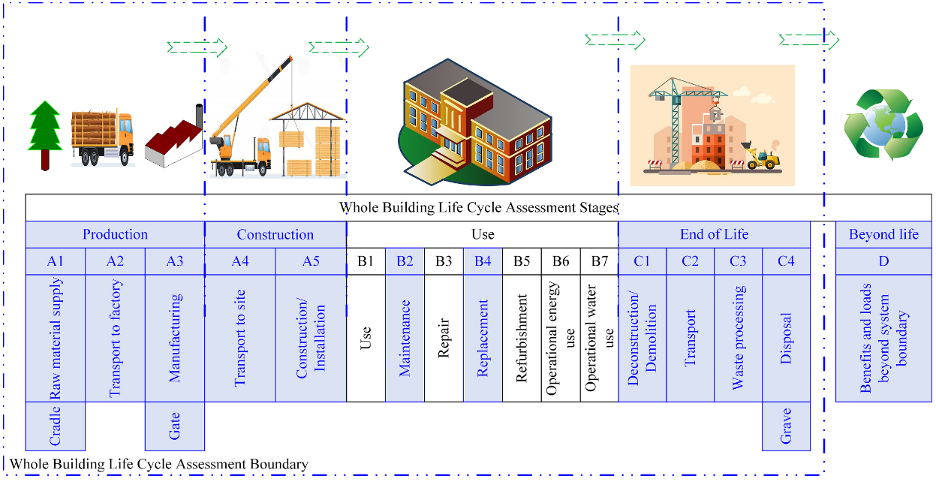Marco Lo Ricco: Comparative Whole Building Lifecycle Assessment of Mass Timber Buildings
Marco Lo Ricco discussed how lifecycle assessments show mass timber’s lower global warming potential compared to other materials and how insights can guide future research.

Mass timber continues to make waves as a sustainable material, and whole-building life cycle assessments (LCAs) are essential for understanding the true carbon footprints of structures made from these engineered wood materials. During the 2024 Michigan Mass Timber Update, Marco Lo Ricco, Research General Engineer, USDA, Forest Service, Forest Products Laboratory, shared insights from a comparative whole-building LCA of mass timber structures.

By analyzing a building’s entire lifecycle, from raw material extraction to disposal (“cradle to grave”), the research showed that mass timber’s global warming potential (GWP) is usually lower than that of other materials. When considering only embodied carbon, mass timber's GWP is 39-51% lower than concrete. However, when accounting for both embodied and stored carbon, mass timber's GWP is 81-94% lower than concrete and 76-91% lower than steel.
The insights gained from LCA studies not only highlight mass timber’s sustainability but also help guide new research to further reduce environmental impacts in construction.
References:
Kumar, V., Ricco, M.L., Bergman, R.D., Nepal, P. and Poudyal, N.C., 2024. Environmental impact assessment of mass timber, structural steel, and reinforced concrete buildings based on the 2021 international building code provisions. Building and Environment, 251, p.111195.



 Print
Print Email
Email
